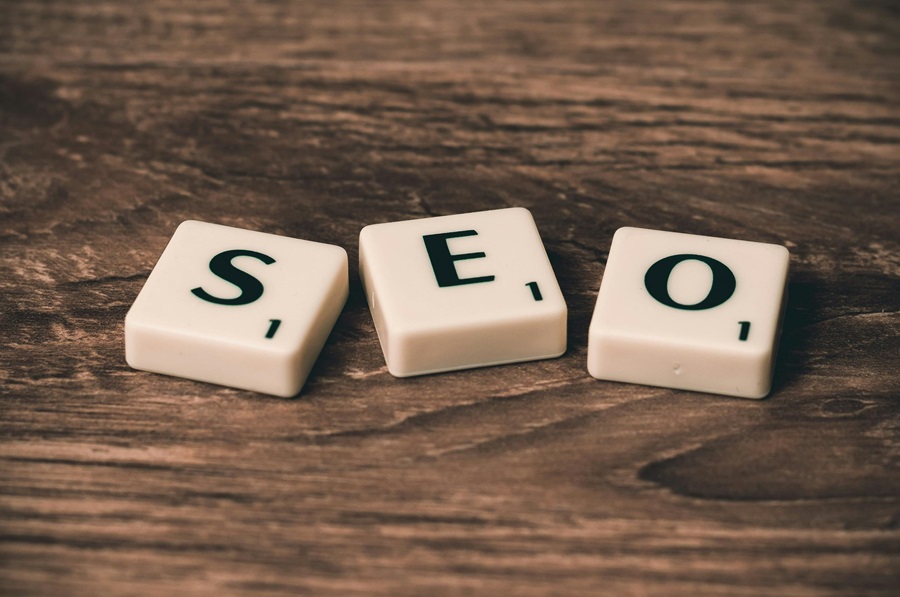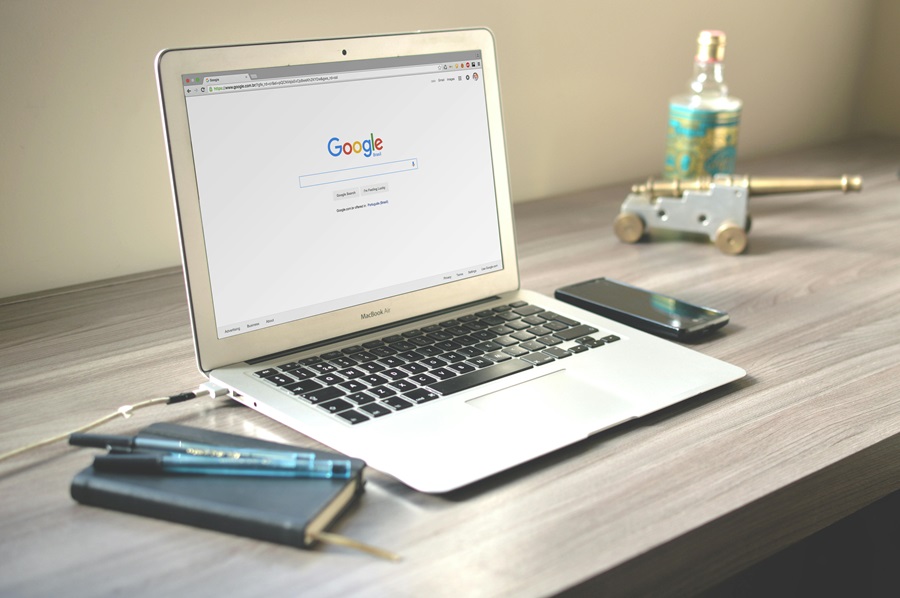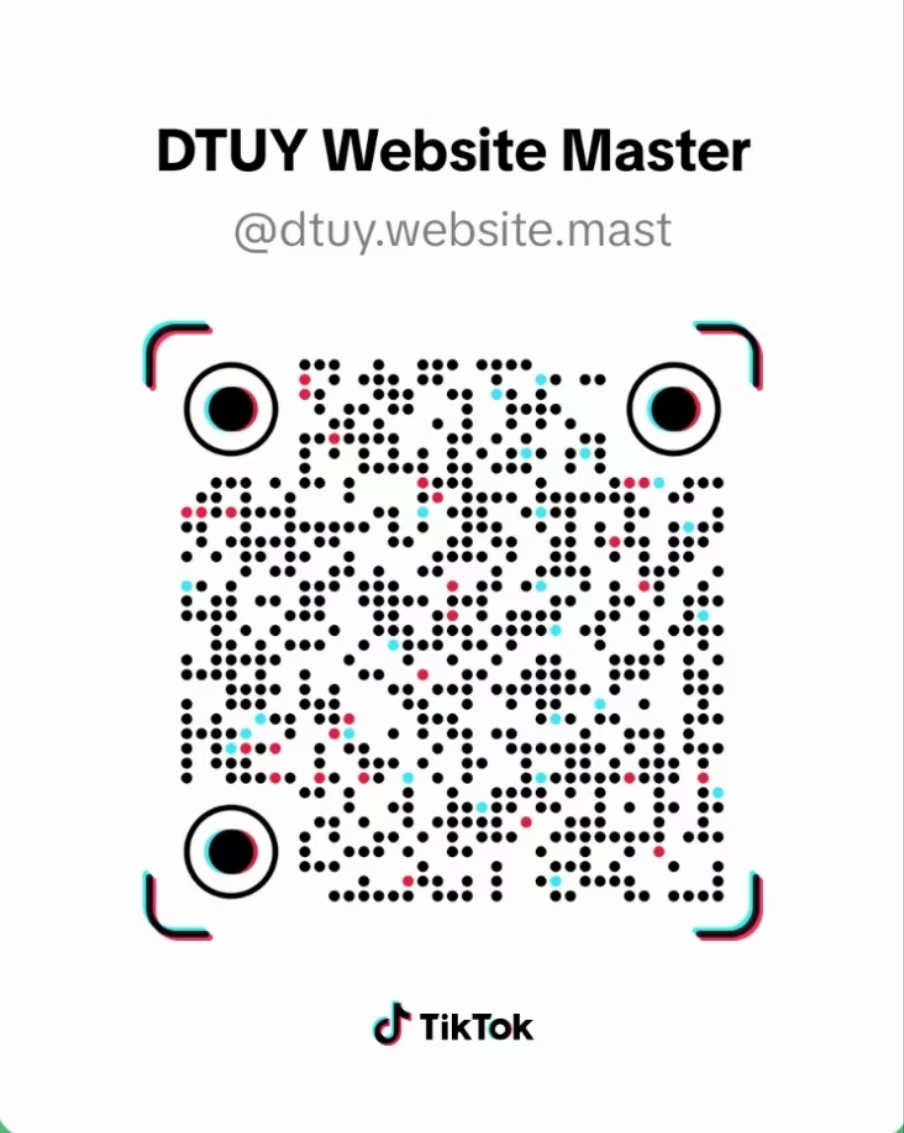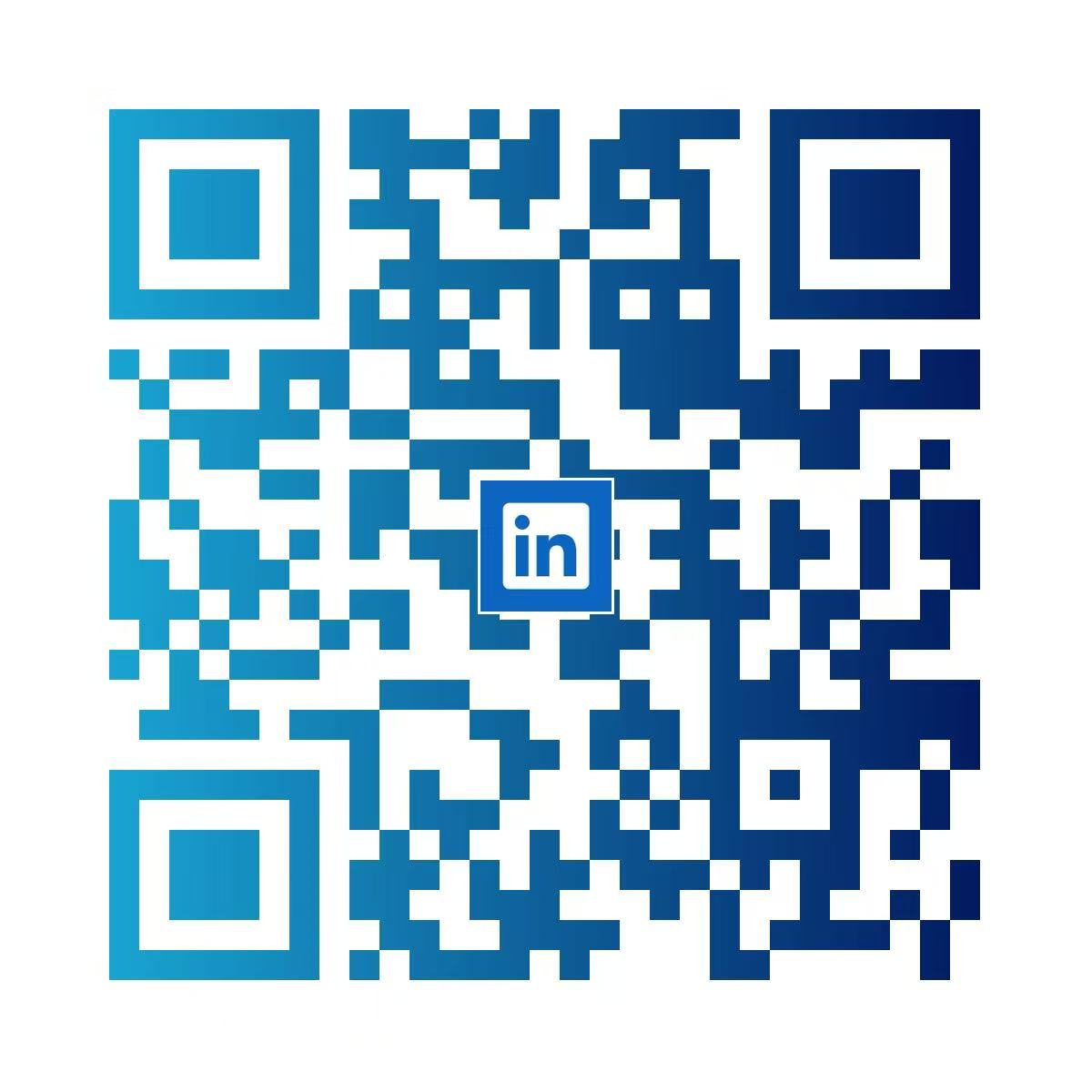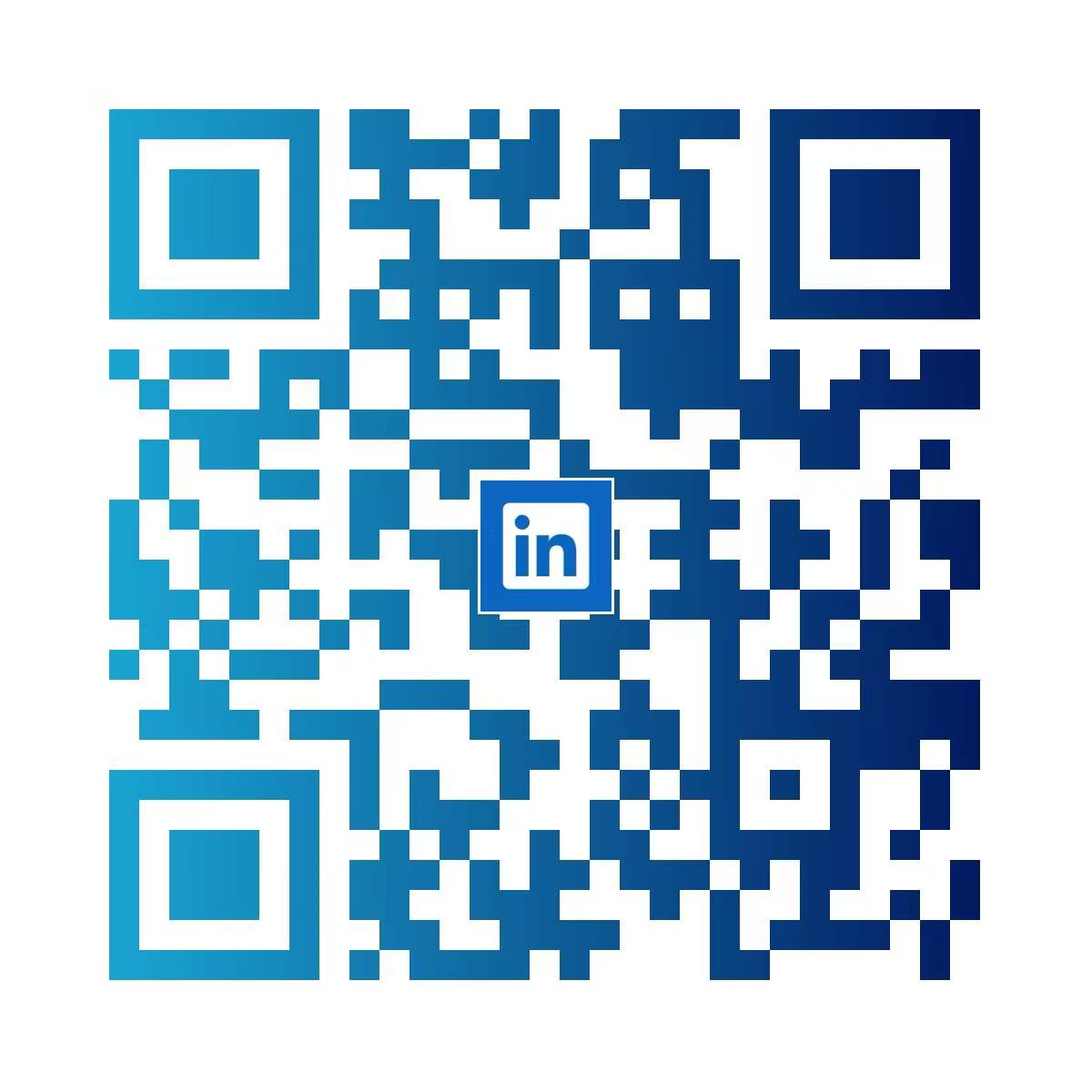Is your website going through "invalid optimization"? Spend a lot of money to design a website, users stay less than 10 seconds to leave; The conversion rate of the well-planned event page is less than 1%; Obviously the functions are complete, users always complain that "the entrance cannot be found"... The root cause of the problem is often not the technology, but the deviation of design thinking-what you think is "easy to use" may be just self-moving. Just like when decorating a house, you only care about your own preferences and ignore the habits of the occupants, many companies have stepped on the same pit when designing their websites.
As a professional website design innovation organization for international trade companies that has been engaged in the website construction industry for many years, DTUY has provided brand digital services for more than 100 companies, and has accumulated a wealth of industries and cases. The service content includes but is not limited to: website problem diagnosis, website Performance evaluation, website design, website construction, iterative strategy consulting, etc.Today, DTUY disassembles 4 common misunderstandings in website design and optimization through several life-oriented scenarios to help everyone better design and optimize websites.

Misunderstanding 1: One-sided assumption, without really understanding what users think.
When many enterprises design websites, they often only pay attention to their own brand image and product characteristics, and only think about "what I want to show", while ignoring the user's "what I want". When enterprises design websites, they should not regard their own value proposition as user needs, but should think from the perspective of users, what important and valuable information they want on the official website.
Coping strategies: first make user portraits, and then do page design: through user behavior and other channels, understand the real needs and pain points of target users, and create detailed user portraits.
Prioritize the content that users care about: the shelves of convenience stores always put mineral water and paper towels in the most accessible positions, because this is a high-frequency demand. The homepage of the website should also give priority to displaying product prices, service processes, and after-sales policies that users are most concerned about.
Speaking human words, doing subtraction: For example, for a company that makes digital products, the "full-link digital solution" copywriting on the solution page of the official website can be changed to "3 steps to help you reduce costs and increase efficiency", by simplifying complex terms, Emphasizing the interests of users can make website copywriting closer to user needs and enhance attractiveness and operability.
Misunderstanding 2: Injection-only design
Although it is said that now is the era of "looking at faces", the website's appearance alone will definitely not be able to retain users. If users pursue vision and ignore core functions, it is a typical "form is greater than content", and the same is true for official website design.
Coping strategy: Return to the essence of the official website: IKEA manuals do not have gorgeous renderings, but only simple diagrams to teach users to assemble furniture.
Website design should also return to the essence: use the shortest path for users to find the target information.
Balance aesthetics, function and other dimensions: While paying attention to the visual design of the website, we must pay more attention to the content, structure and interactive experience of the website.
Make sure the content is valuable, easy to understand, clear to navigate, and smooth to interact with.
Misunderstanding 3: Ignore the mobile user experience.
With the popularity of smartphones, more and more users access websites through mobile terminals. If the mobile terminal experience is not good, it will directly affect user satisfaction and conversion rate.
Coping strategies: Responsive design: Ensure that the website can be displayed and operated well on the mobile terminal, optimize the loading speed of the mobile terminal, and provide a simple and intuitive interface design.
Myth 4: No optimization and iteration
Many people may think that the website is completed when it is built and launched. In fact, the website is an optimization process. If it is built and left alone, it is easy to become obsolete and invalid. Just like if you buy a new car, but never maintain it, the performance will be greatly reduced in the end.
Coping strategies: Regularly update the content and study user behavior.
Regular website data, understand user behavior and conversion rate, and carry out targeted optimization according to the results. At the same time, pay attention to industry trends and technologies, and update website content and functions in a timely manner. The site is not a one-time project, but needs to be maintained like a plant. When you replace "self-perspective" with "user perspective" and "completion thinking" with "iterative thinking", traffic and conversion will naturally come naturally.
Seeing this, you might as well open your company's official website with your mobile phone, and conduct a simple test against the following questions: Can you find a contact number within 10 seconds? Does the core service description exceed 3 lines of text? Is the latest content update date within 1 month? If the answer to any of the above is "no", then your website may be quietly losing customers. Optimize now, or leave the professional thing to the professional-DTUY, your website design professional service provider.




 118
118
